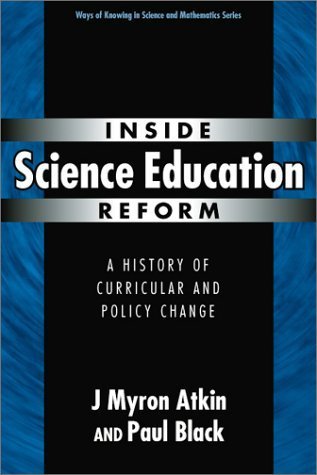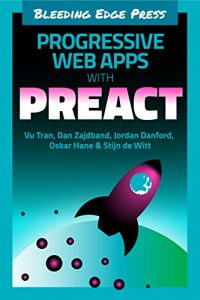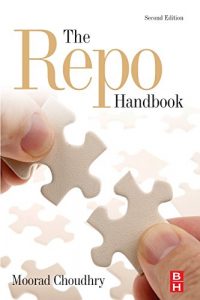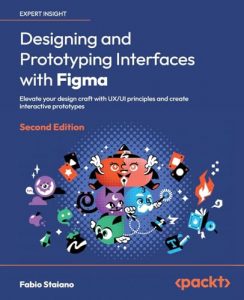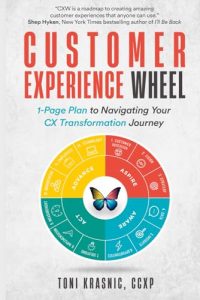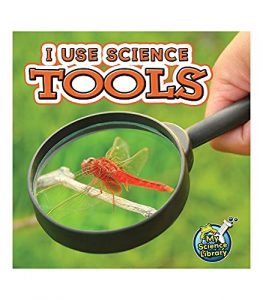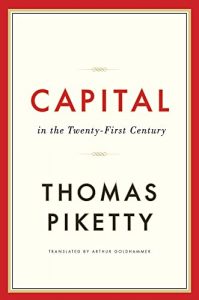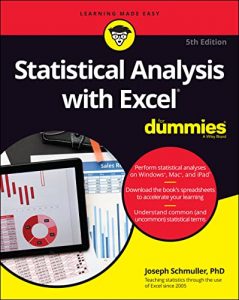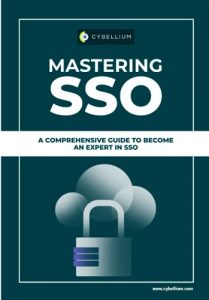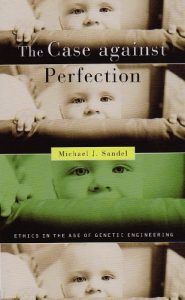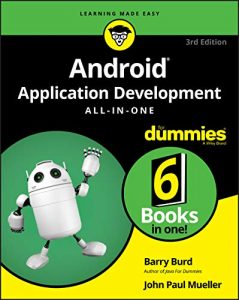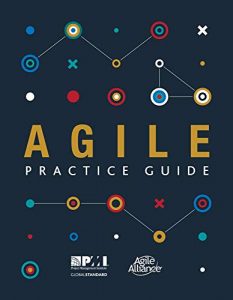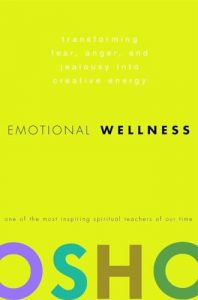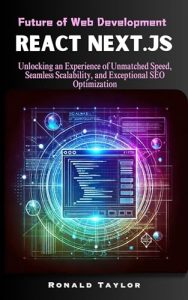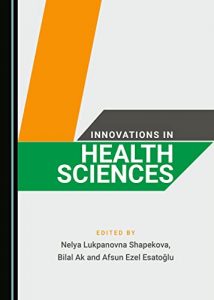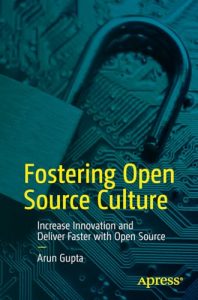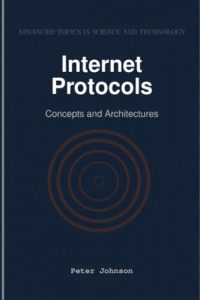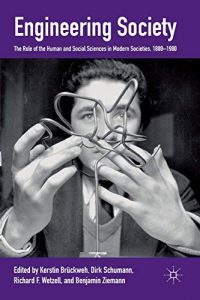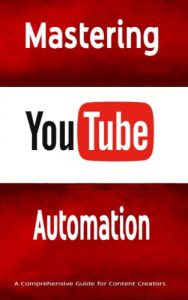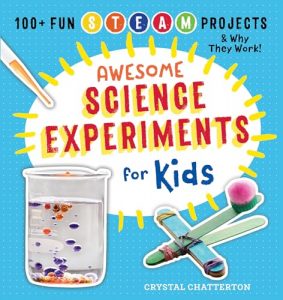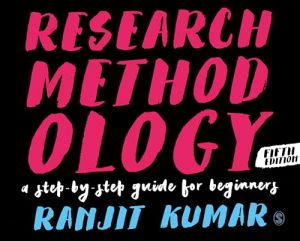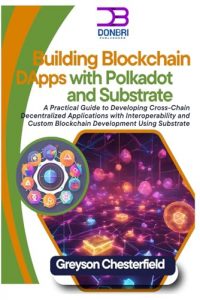Science education is at a pivotal juncture, facing the pressing need for reform that aligns with the aspirations of the 21st century. The traditional methods of teaching science are being put to the test, and innovative approaches to pedagogy and curriculum are becoming necessary to engage students effectively. This blog post highlights several insightful books that not only diagnose the existing challenges in science education but also propose actionable solutions to pave the way for transformative educational practices.
As we delve into the critical literature surrounding science education reform, it becomes apparent that understanding historical contexts, integrating equity, and fostering collaborative environments are integral to fostering a culture of scientific literacy. The following books serve as invaluable resources for educators, policymakers, and anyone interested in contributing to the evolution of science education.
Inside Science Education Reform: A History of Curricular and Policy Change
“Inside Science Education Reform” offers a comprehensive examination of the transformative changes that have shaped science education over time. Authored by Michael H. Kearns, this book dives deep into the historical contexts surrounding curricular shifts and policy interventions. It highlights significant milestones and their implications on the current educational landscape. What makes this book essential is not only its historical narrative but also its exploration of how these reforms influence teaching practices and learning outcomes. Educators and policymakers will find this resource invaluable as it provides crucial insights into why reforms are necessary and how the past can inform future practices. The book’s blend of historical reflections with contemporary relevance makes it a must-have for anyone serious about enacting change in science education.
STEM the Tide: Reforming Science, Technology, Engineering, and Math Education in America
“STEM the Tide” by David J. Stronck and Mary McCarthy tackles the challenges currently facing STEM education in the United States. The authors present a forward-thinking framework that encourages collaboration among educators, businesses, and policymakers to fortify STEM education. Throughout the book, the authors provide practical, real-world examples of initiatives designed to strengthen the educational experience of students in these essential disciplines. This book is invaluable for those looking to comprehend the multi-faceted approach necessary for robust STEM education reform. Its clear and engaging style also makes it accessible, ensuring that readers from various backgrounds can engage with the content effectively.
Improvement Science in Education: A Primer
This primer serves as a succinct guide to the principles of improvement science applied within educational contexts. By outlining key strategies, this book by Anthony S. Bryk et al. assists educators in harnessing collective knowledge to address persistent challenges. Its emphasis on data-driven decision-making paired with practical methods fosters a culture of continuous improvement. This resource proves particularly significant due to its potential for scalability across various educational settings, making it suited for schools aiming to foster systemic change.
Equity and Science Education Reform
In “Equity and Science Education Reform,” the editors explore the intersectionality of reform initiatives and equity issues present in science education. This book thoughtfully compiles research and analyses, provoking critical questions about the inclusivity of science education. Therefore, this resource stands out for its commitment to addressing the needs of diverse learners. The multi-faceted perspectives add depth to the discussion on equitable practices, making it an essential read for anyone committed to justice in education.
Transformative Science Teaching: A Catalyst for Justice and Sustainability
Written by Maria A. L. K. Collins, this transformative book emphasizes science teaching as a vehicle for social justice and sustainability. The text challenges conventional pedagogical strategies while infusing critical consciousness into the curriculum. Readers are encouraged to reflect on their practices and consider the broader implications their teaching has on societal equity and environmental responsibility. This book is crucial for educators aspiring to initiate dialogues around justice-focused science education.

